
Although digital media isn’t proven to cause attention-deficit/hyperactivity disorder (ADHD), researchers are now linking self-reported ADHD symptoms in some teenagers to heavy social media and other digital media use.
Rachael Zimlich is a freelance writer in Cleveland, Ohio. She writes regularly for Contemporary Pediatrics, Managed Healthcare Executive, and Medical Economics.

Although digital media isn’t proven to cause attention-deficit/hyperactivity disorder (ADHD), researchers are now linking self-reported ADHD symptoms in some teenagers to heavy social media and other digital media use.

For teenagers’ developing minds and bodies, good food and activity choices are key to appropriate development. A new survey from the Centers for Disease Control and Prevention reveals trends that check how US teenagers are doing.


A new report highlights the fallout from a large-scale measles outbreak in New York City in 2013.

Food additives and chemicals in food containers and preparation have been linked to a host of health issues. Now, experts are urging pediatricians to talk to parents about reducing these exposures and to advocate for larger policy changes.

For children living below the federal poverty level, public insurance programs are a lifeline to crucial healthcare services. If eligibility requirements change, however, thousands of children could be left without healthcare-a move that could result in billions of dollars’ worth of uncompensated care for hospitals each year.

A new study reveals that while more teenagers are becoming overweight or obese, fewer are trying to lose weight, although it’s not entirely true which of these trends is more causative.

A new study that asked parents to guess the sugar content in the foods they feed their children showed that families are grossly underestimating how much sweeter foods are than they think.
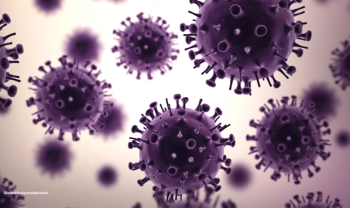
While the ACIP continues to recommend the intranasal flu vaccine for the coming year, AAP is being more cautious in its recommendation due to limited data on last year’s performance.
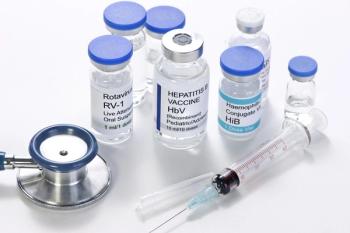
The number of kindergartners starting school without protection against vaccine-preventable diseases is increasing in states that allow nonmedical exemptions to recommended immunizations.

New data from the Centers for Disease Control and Prevention reveal that 1 in 7 teenagers is abusing opioids, and sexual minorities face growing health disparities and health risks.

Only 20% of all children covered under Medicaid received a mental health diagnosis, and 80% were given at least 1 prescription medication to treat their condition, according to a recent report.

Clinicians and parents aren’t having the sex talk with teenagers as often as they should, according to a new study, and parents aren’t sure whether it’s a doctor’s place to get involved.

Suicide rates are rising, according to a new report. There is no singular cause for this rise, and the same is true for the solution.
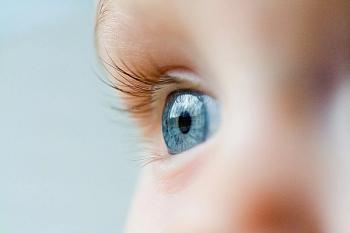
Technology bested several experts in diagnosing retinopathy of prematurity (ROP) in a new study that researchers hope will improve diagnosis and management of infants affected by the potentially blinding condition.

A new report reveals that hospitalizations for afebrile seizures, as well as for gastroenteritis, have dropped since the introduction of a rotavirus vaccine in 2006.
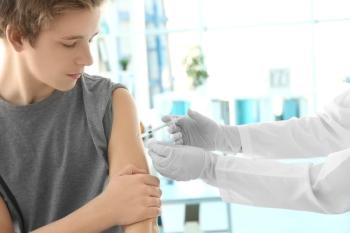
Provider recommendations are helpful in increasing vaccination rates for human papillomavirus (HPV), but could be utilized more, says a new report.

Diseases caused by ticks and mosquitoes are creating a growing threat, and the Centers for Disease Control and Prevention shares tips for pediatricians to find and prevent these diseases through early recognition.

Adding emollients to bath water for eczema relief doesn’t help improve the condition, but costs a lot more than topical treatments.

A new study reveals that a very low-carbohydrate diet may help improve long-term outcomes for patients with Type 1 diabetes (T1D).

A first-ever study reveals that cybernegativity can lead some young persons to bully themselves online.

Not every vaccine is recommended for universal application, but clinicians largely lack understanding about these conditional or permissive recommendations and don’t know how to talk to patients and families about them.

Frequency of care in pediatric populations tends to wane as children reach adolescence, but a new study investigates whether parents would allow clinicians to reach out to their children by text message to offer important reminders.

Pediatric patient revisit rates at emergency departments (EDs) have been historically underestimated, according to a new report, which includes revisits to other facilities.

Two new studies quantify the negative effects of adverse events in childhood on physical and mental health issues in LGBTQ individuals.
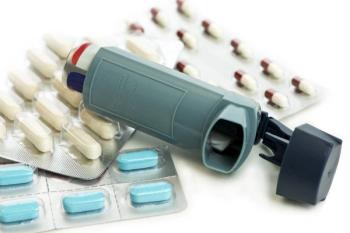
In children with mild-to-moderate asthma triggered by inhaled allergens, immunotherapy might be a good supplement to long-term medication use.

E-cigarette marketing targeted at adolescents plays a significant role in the uptake of e-cigarette use, as well as the use of traditional cigarettes.

College students with a history of waived vaccinations often refuse to receive updated immunizations, according to a new report.
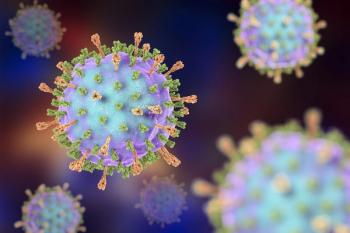
A third dose of the mumps vaccine for everyone-not just those in outbreak areas-may help combat a resurgence of the virus, according to a new report.

Homeless children face a multitude of problems, and clinicians have little guidance on the best ways to help them.